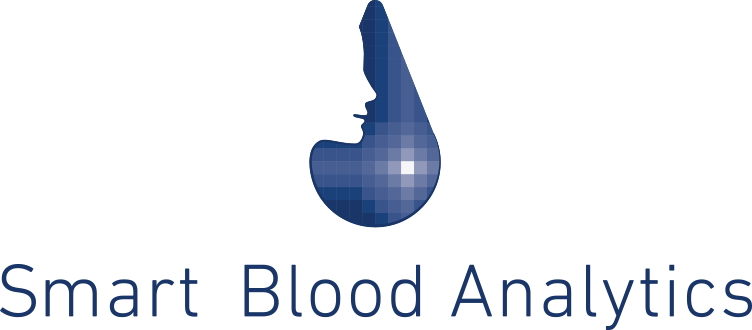Training Process for SBAS Clinical Decision Support Software: A Balanced Approach
The SBAS Clinical Decision Support Software is designed to help physicians make advanced diagnoses based on blood test results, offering a sophisticated yet user-friendly tool to enhance patient care. While training is essential due to the software’s medical device status, it has been designed to ensure a smooth learning process without overwhelming healthcare professionals.
Who Needs the Training?
The SBAS Software is primarily designed for physicians with a Doctor of Medicine (MD) degree and completed medical residency. Other healthcare professionals may use the software under a physician's supervision, provided they have the necessary computer literacy.
Accessing the SBAS Software
Physicians can access the SBAS Software in two ways:
- Through an API system integrated into any Hospital or Laboratory Information System: For those using the software through an API, training focuses on navigating the information system and integrating SBAS into everyday clinical practice. The emphasis is on interpreting results and incorporating them into patient care.
- Via the SBAS Web App: Physicians who use the web app are trained similarly, focusing on accurately inputting blood test results and interpreting the software's reports to make informed medical decisions.
Streamlined Training Process
- Video Training Module
All users are required to complete a short video module that covers intended use, selecting appropriate diagnostic models, interpreting results, and integrating those insights into clinical practice. This self-paced module ensures users quickly become comfortable with the software’s features.
- Quiz and Certification
After the video module, a short quiz helps assess understanding. Upon passing, physicians receive a certification authorizing them to use the SBAS Software effectively in their practice.
- Optional In-Person Training
While the video module suffices for most, in-person training is available, particularly for larger teams using the software via API or physicians who prefer hands-on learning. This option provides additional support. However, for most users, the online modules provide sufficient training.
Ongoing Support and Resources
SBAS offers a wide range of online resources to further ease the integration process, including detailed user manuals, video tutorials, and an FAQ section. These resources allow users to revisit training topics as needed, ensuring continuous support. Additionally, SBAS provides access to customer support teams to answer questions or assist with troubleshooting.
Seamless Integration into Clinical Workflow
Despite the essential training, SBAS Software is designed to minimize disruption to clinical workflows. Its intuitive interface, familiar tools, and automated data handling reduce the need for extensive training. Many physicians find that they quickly integrate the software after just a brief training session and regular use.
Conclusion
The SBAS training process is designed with ease of use in mind, ensuring that physicians can confidently integrate this advanced clinical decision support tool into their practice without the need for extensive training. Whether accessed via API or the web app, the training is streamlined and supported by continuous resources, allowing physicians to focus on enhancing patient care with minimal disruption.






